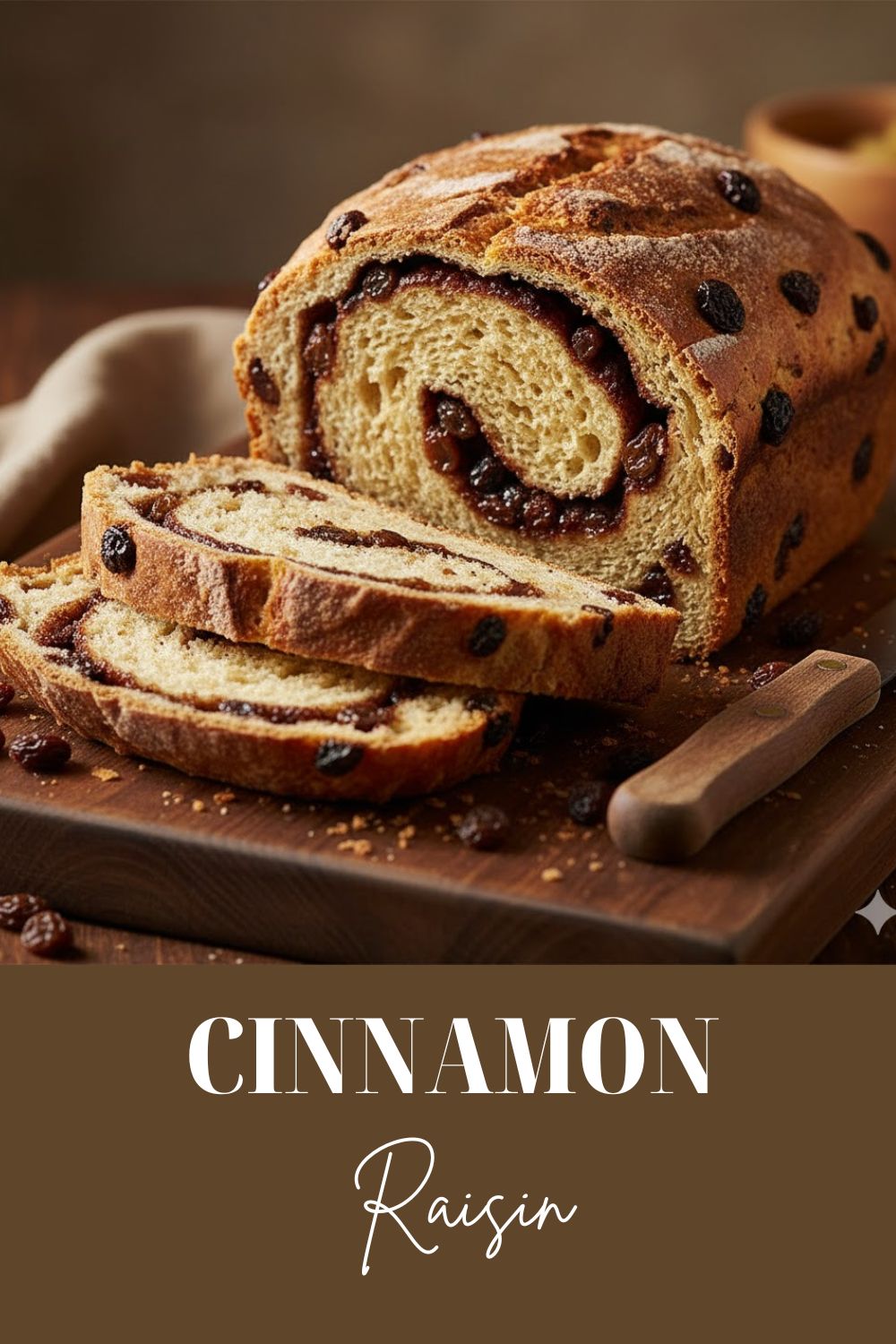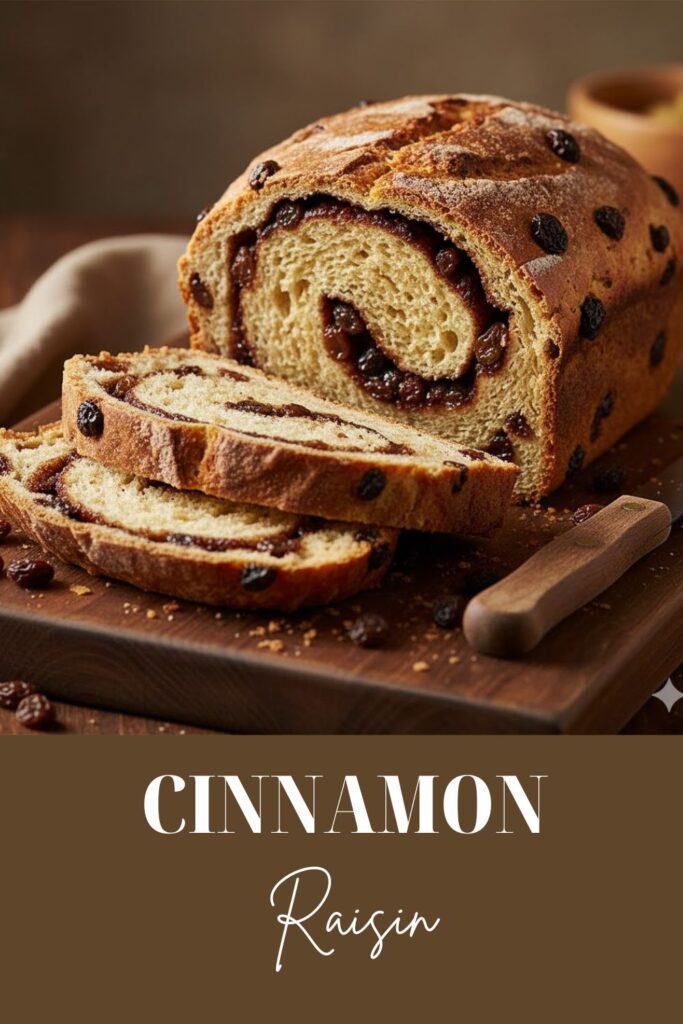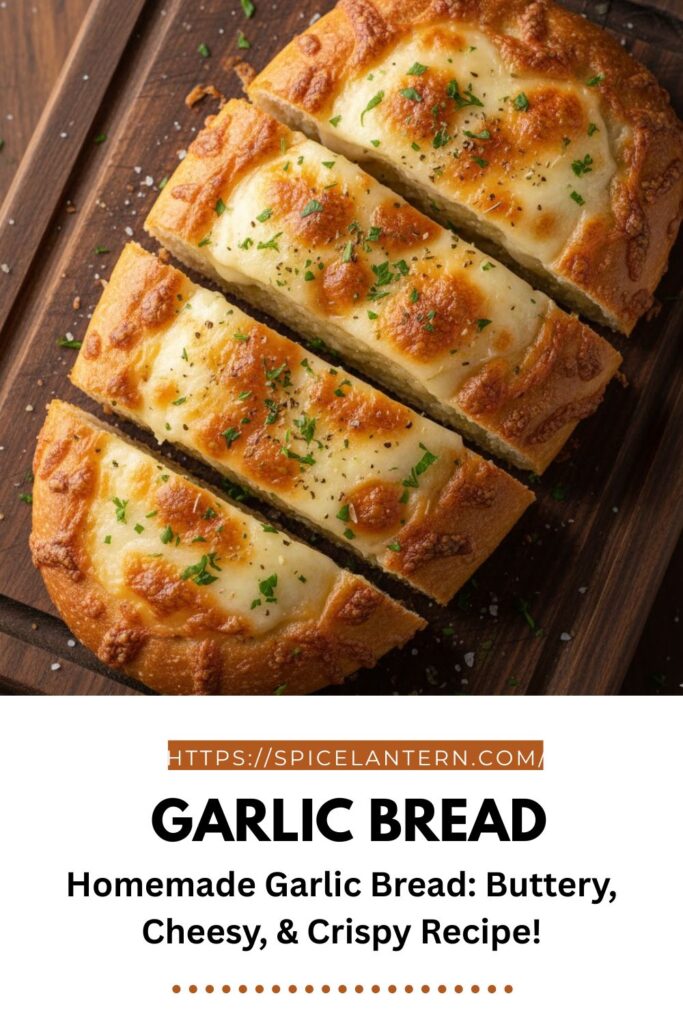Ditch the Deli: Your Guide to Baking Robust, Flavorful Rye Bread
Let’s face it, most supermarket Rye bread is a lie. It’s usually pale wheat bread dyed brown with some molasses and sprinkled with a few sad caraway seeds. You deserve better! You deserve a robust, complex, hearty loaf of Rye bread—the kind that stands up to a mountain of pastrami or a slather of salty butter. Rye is the cool, earthy grain that doesn’t rely on fussy gluten structures; it’s a rebel. This recipe gives you that perfect balance of dense-but-not-heavy texture and deep, satisfying flavor. Why settle for an imitation when you can bake the real deal?
Why This Recipe Is Awesome (It’s the Hearty Truth)
This bread is a game-changer for anyone who values flavor and substance over fluffy air pockets.
- Deep, Earthy Flavor: Rye flour naturally imparts an intense, complex, slightly tangy flavor that commercial loaves often try (and fail) to mimic with additives. We use molasses to enhance this depth and create that beautiful, dark color.
- The Perfect Texture: Due to its low gluten content, Rye bread is dense, but this recipe balances the rye flour with high-protein bread flour. This gives you a loaf that’s robust and satisfyingly chewy, but still soft enough for a great sandwich.
- Amazing Keeping Quality: Rye bread stays fresh and moist longer than wheat bread, thanks to its high pentosan content (a fancy word for water-holding fiber). It tastes arguably better the day after you bake it!
Ingredients: The Earth and the Spice
Rye requires more liquid than wheat. Don’t be afraid of the initial stickiness!
- 2 cups (240g) Rye Flour (Medium or Dark): The heart of the loaf. Dark rye gives the best flavor and color.
- 1 ½ cups (180g) Bread Flour (or High-Protein All-Purpose): Crucial for providing the necessary gluten structure for rise.
- 1 ½ cups (360ml) Warm Water (105-115°F / 40-46°C): Rye is thirsty!
- 2 teaspoons Instant Yeast: Our simple leavener.
- 1 tablespoon Molasses: Essential for deep color and robust flavor.
- 1 ½ teaspoons Salt: Structure and flavor enhancement.
- 1 tablespoon Caraway Seeds: Non-negotiable for that classic deli flavor.
- 1 tablespoon Vegetable Oil or Melted Butter: Adds tenderness to the dough.
Key Substitutions:
- Rye Flour: You can use Pumpernickel (Whole Rye) for a denser, darker loaf, but you may need an extra tablespoon of water.
- Molasses: Use honey or dark corn syrup if you don’t have molasses, but the flavor won’t be as deep.
- Bread Flour: You can use All-Purpose, but the loaf will be shorter and slightly denser.
Tools & Kitchen Gadgets Used: The Low-Gluten Gear
Rye dough needs gentle handling. A dough hook is handy, but your hands work too!
- Digital Kitchen Scale (MANDATORY): Weighing flour is essential when using rye, which absorbs water differently than wheat.
- Large Mixing Bowl: For combining and the first rise.
- Stand Mixer with Dough Hook (Highly recommended): Rye dough is sticky; the mixer handles the low-gluten knead perfectly.
- 9×5-inch Loaf Pan: The classic shape for easy slicing.
- Parchment Paper: CRITICAL. Line the pan for easy removal, as sticky rye dough loves to cling.
- Measuring Spoons: For accurate seasoning.
- Wire Cooling Rack: To stop the cooking and prevent a gummy bottom.
Step-by-Step Instructions: The Gentle Knead
Rye doesn’t develop long gluten strands like wheat, so we skip the aggressive kneading.
Step 1: Activate and Hydrate (5 Minutes)
- In your mixing bowl, whisk together the rye flour, bread flour, salt, caraway seeds, and instant yeast.
- In a measuring cup, whisk the warm water, molasses, and oil/butter.
- Pour the wet mixture into the dry. Mix with a spoon or on low speed (dough hook) until a shaggy, wet dough forms.
Step 2: The Short Knead (6 Minutes)
- Knead Gently: If using a stand mixer, knead on medium-low speed for 5-6 minutes. If kneading by hand, knead for 8 minutes on a lightly floured surface. The dough will remain soft and slightly sticky—this is normal and necessary for a moist loaf. Do not add too much extra flour!
- The goal is a slightly smooth surface, not the elastic “windowpane” of white bread.
Step 3: First Rise (The Long Nap) (60-90 Minutes)
- Place the dough in a lightly oiled bowl, turn it once to coat, and cover it tightly.
- Let it rise in a warm, draft-free place for 60-90 minutes, or until it has visibly increased by about 50-75% in size (it won’t quite double, which is normal for rye).
Step 4: Shape and Final Proof (45 Minutes)
- Gently punch down the dough and turn it out onto a lightly floured surface.
- Shape the dough into a tight log and place it in your parchment-lined loaf pan.
- Cover the pan loosely and let the dough rise for the final proof for 30-45 minutes, or until the loaf crests about an inch above the rim of the pan. Rye can over-proof easily, so watch the volume!
Step 5: Bake the Beast (35-40 Minutes)
- Preheat your oven to 375°F (190°C) during the final proof.
- To give the loaf a nice crust, brush the top with a bit of water before baking.
- Bake for 35-40 minutes. The crust should be dark brown and sound hollow when tapped. The internal temperature should read 200-210°F (93-99°C).
Step 6: The Mandatory Cool (The All-Day Wait) (2-4 Hours)
- Immediately remove the loaf from the pan and place it on a wire cooling rack.
- MANDATORY RULE: DO NOT CUT THIS BREAD FOR AT LEAST TWO HOURS, but ideally 4 hours. Rye bread has a sticky, high-moisture interior that needs hours to set completely. Cutting it hot results in an incredibly gummy, sticky mess. Seriously, go watch a movie.
Calories & Nutritional Info: The Hearty Facts (Estimated)
These are estimates for one thick slice (1/12th of the loaf).
- Calories per serving (1 slice): ~150-180 calories
- Carbohydrates: ~30-35g
- Dietary Fiber: ~4-6g (Excellent source of fiber from the whole grain.)
- Notes: Rye bread has a lower glycemic index than wheat bread, helping regulate blood sugar and promoting satiety (feeling full).
Common Mistakes to Avoid: The Rye Traps
Rye is a different beast than white flour. Pay attention!
- The Sticky Knife/Gummy Interior: The #1 issue! Caused by cutting the bread too soon (needs 2-4 hours to cool) or underbaking. Use a thermometer to hit 200°F-210°F.
- Adding Too Much Wheat Flour: Using a high percentage of wheat flour yields a lighter loaf, but sacrifices the deep rye flavor. Stick to the 50/50 blend to get the best of both worlds.
- Under-Hydrating the Dough: Rye flour is thirsty. A dense, stiff rye dough yields a dry loaf. The dough must be soft and wet—almost sticky—after kneading.
- Over-Kneading: Rye’s gluten is fragile. Aggressive kneading destroys the structure. Keep the kneading short and gentle.
- Forgetting the Molasses: Molasses is vital for color and the classic deep, slightly bitter-sweet flavor. Don’t skip this, or your bread will be pale and bland.
Variations & Customizations: Your Deli Dream
Take this loaf straight to the deli counter with these flavorful additions.
- Deli Marble Rye: Divide the dough in half before the final rise. Add 1 tablespoon of cocoa powder and ½ teaspoon of instant coffee to one half. Twist the two doughs together before placing them in the pan.
- Spicy Dill & Onion: Add 1 tablespoon of dried dill weed and ¼ cup of finely diced dried onion flakes to the dry ingredients. Use buttermilk instead of water for a tangier loaf.
- Pumpernickel Seeded: Replace the light rye flour with pumpernickel flour. Add 2 tablespoons of sunflower seeds and 1 tablespoon of flax seeds to the dough during the final knead.
FAQ Section: The Dark Loaf Demystified
Let’s address the persistent questions about this dark, delicious grain.
Q1: Why is my rye bread so dense compared to wheat bread?
A: Rye flour contains less of the gluten-forming protein found in wheat. This means the structure is less elastic, resulting in a naturally denser, tighter crumb. This is normal!
Q2: What kind of rye flour should I use?
A: Medium or Dark Rye flour provides the best flavor. Pumpernickel is 100% whole rye and yields the densest, darkest loaf. Use a blend (like this recipe) for the best rise and flavor.
Q3: Does rye bread need caraway seeds?
A: Caraway seeds are traditional because their unique flavor complements the natural earthiness of rye. You can omit them, but you lose the classic Deli Rye flavor.
Q4: Why does rye bread stick to the knife when I slice it?
A: You cut it too soon! Rye bread is high in moisture and needs hours (at least 2, ideally 4) to cool completely and allow the internal starches to set. Use a very sharp serrated knife.
Q5: Can I make 100% rye bread?
A: Yes, but it requires a sourdough starter (rye starter) to increase the acidity and manage the dough’s starches. The final loaf will be much heavier and flatter than this blended recipe.
Q6: How long does homemade rye bread stay fresh?
A: Rye bread keeps well for 4-6 days at room temperature because its starches are more resistant to staling. Store it wrapped in a paper bag or clean tea towel.
Q7: Can I use rye flour in my sourdough starter?
A: Yes, highly recommended! Rye flour contains a high number of nutrients that the wild yeast and bacteria love, often making a rye starter (or a blend) much more active and reliable than a pure white flour starter.
Final Thoughts: The New Deli Standard
You just baked a magnificent loaf of Rye bread, complete with that deep color and signature caraway scent. You mastered the sticky dough and the long wait. Go ahead, slice (after 4 hours, right?) that beauty and slap some pastrami and mustard on it. You’ve officially retired your old, pale deli loaf.







